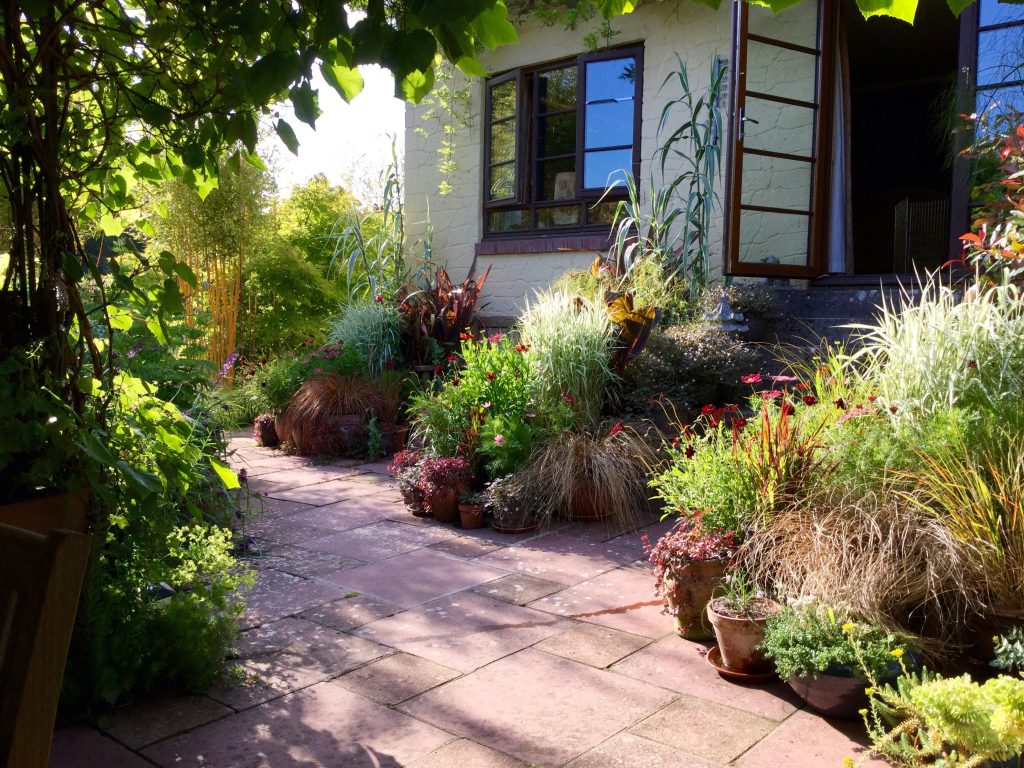Table of Contents
Phormiums are evergreen perennial plants with ornamental foliage that is native to New Zealand (Phormium tenax). These shrub-like plants are low on maintenance and feature lance-shaped leaves in many hues. The leaves can be red, orange, olive green, purple, pink, or variegated. These grow in small clumps and are ideal for growing in containers and in gravel gardens.
These plants make ideal container plants, and many phormiums can only grow to 1.2m in height, which is the perfect height for use in containers. Also called as NewZealand Flax, these plants were originally used for fibre in textiles by the Maori tribes.
Phormiums are hardy plants and can withstand the average UK winter, though a little bit of maintenance in terms of mulching and wrapping may be essential to prevent widespread damage due to the cold.
Let’s take a deep dive into different kinds of Phormiums and how we can grow Phormiums in pots.
Can You Grow Phormiums in Pots?
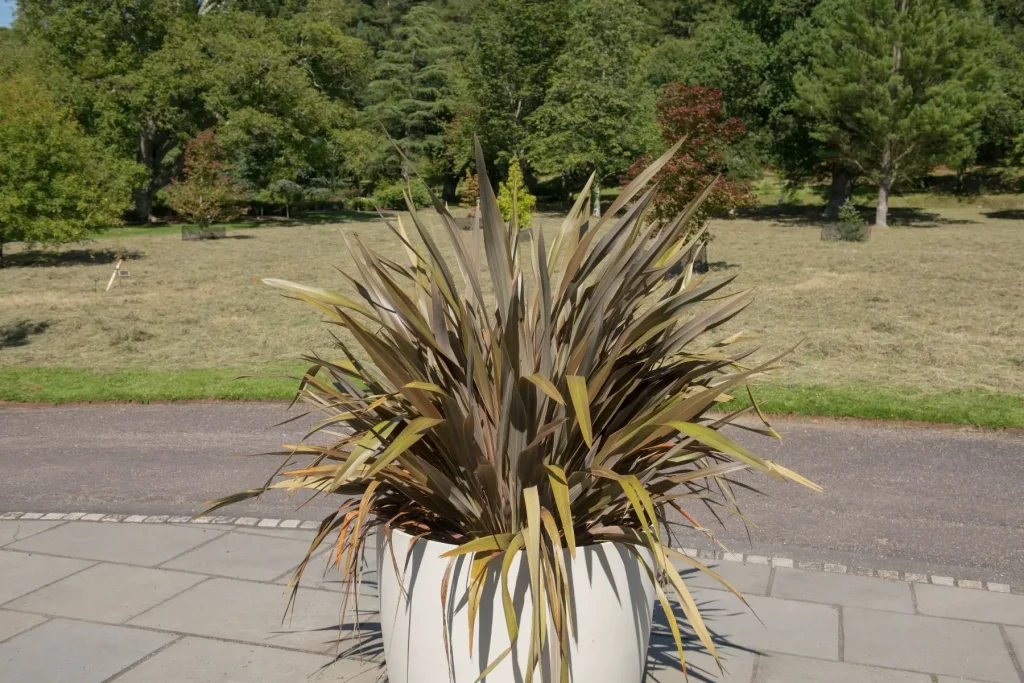
Phormiums, with their striking leaves and spread, make for excellent focal points when planted in containers. Since these plants thrive well in soil that is well drained, planting them in pots is ideal and makes great sense rather than planting in the ground, which doesn’t drain as freely.
The most important factor to consider when planting phormium in pots UK is to consider the placement, variety of the Phormium, and its upkeep.
Choosing the Right Variety of Phormium
It is important to note that when Phormiums thrive, they are hardy plants and grow much more vigorously and larger than other plants. Some of them grow up to 2m tall and have a wide spread which is not ideal for growing in containers.
Compact Phormiums thrive better in containers, and some of the most common kinds of compact Phormiums are –
- Phormium Jester – Red pink in colour with green margins. Grows to a height of about 1m.
- Phormium Yellow wave- As the name suggests, yellow leaves with green interspersed. Grows to a height of 1m- 2m.
- Phormium Maori Queen- Bronze green leaves with pink and red stripes. Grows to about 90cm tall.
- Phormium Cream Delight- Cream leaves with green stripes. Grows to 1m in height
- Phormium Blondie- Rich variegated cream leaves with green stripes. Grows to about 60cm tall.
Hardiness
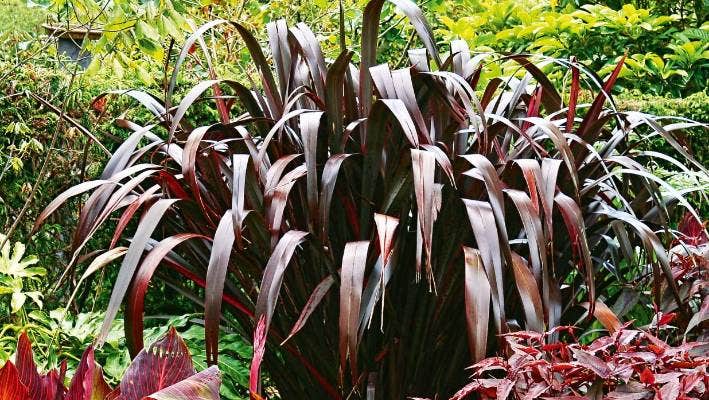
Most Phormiums in pots are hardy for the UK winters and can withstand the cold effectively. But there is a high possibility that the cold winters of the Northern parts of the UK would lead to damage to the plants. In such cases, mulching and wrapping can help prevent damage.
Some varieties of Phormiums, like the Phormium Tenax, can withstand temperature drops up to -10°C. Covering the bed with a thick layer of mulch until the warmer temperature sets in can help protect the plants.
These are not the most tender of plants and make good options for coastal and windswept gardens.
Growing Phormium in Pots
Container Choice
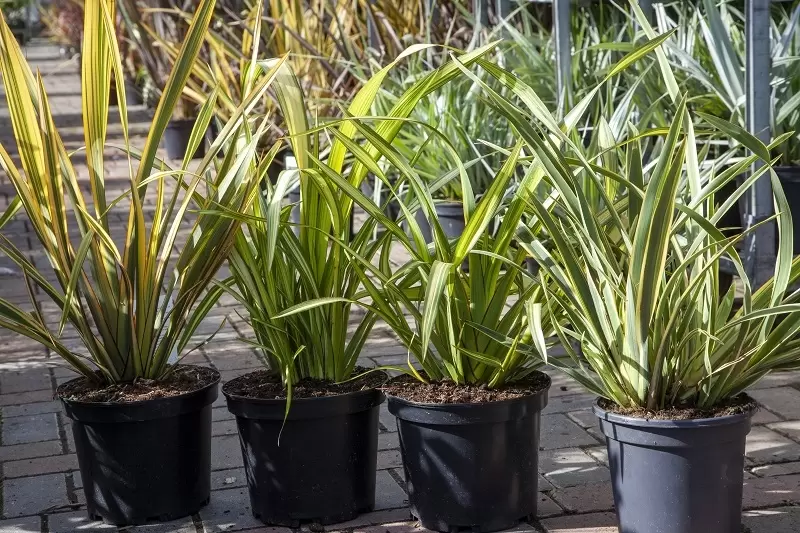
These are relatively larger plants and have a greater spread, so look for larger containers. It is also important to consider the height of the plant and choose a container heavy enough to withstand strong winds. Choose a container that is 45-50cm deep.
Terracotta is one of the best choices for growing Phormiums in pots. Since these plants like well-drained soil conditions, terracotta pots help with drainage much better than pots of other materials do. Choose pots with big drainage holes to drain effectively and not keep the soil soggy.
Soil Preparation
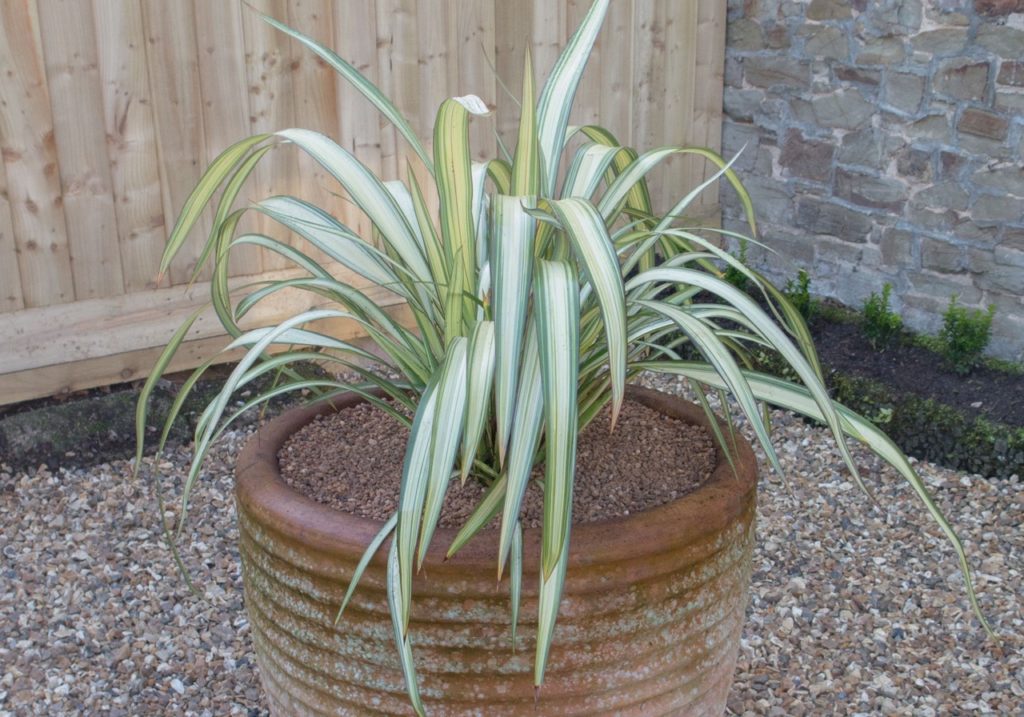
These hardy plants grow well in any kind of soil, provided it is well drained. So, even if the soil is considered naturally poor, Phormiums can be easily planted, provided you add some garden compost or nitrogen-rich potting mix. Though these plants prefer acidic soil, they are known to thrive relatively well in neutral soil too.
Planting Process
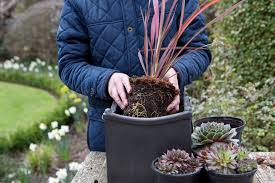
The best time to plant a Phormium is in spring after the frost conditions have passed. It is best to plant in spring to give them a good chance of survival and full growth through the summer conditions before the harsh winter sets in.
Its best to plant a single plant per pot so that there is enough space for the plant to grow. Choose a container with at least 5cm of growing space around the root ball. Continue to water consistently throughout the first season for a well-established plant.
Temperature and Humidity
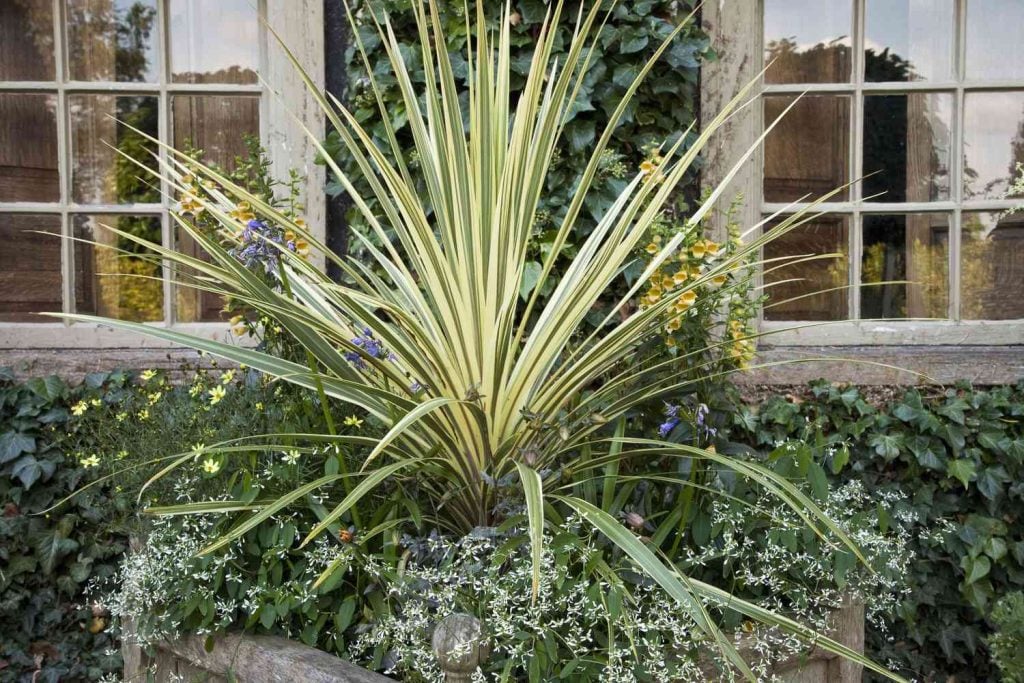
Phormiums are hardy and evergreen even in USDA cold hardiness zone 9 to 11. But in colder zones, gardeners find success in growing Phormiums in pots and bringing them indoors to protect them from the harsh winters. If grown outside, they do tend to grow back in spring, provided the bed was mulched effectively.
Light
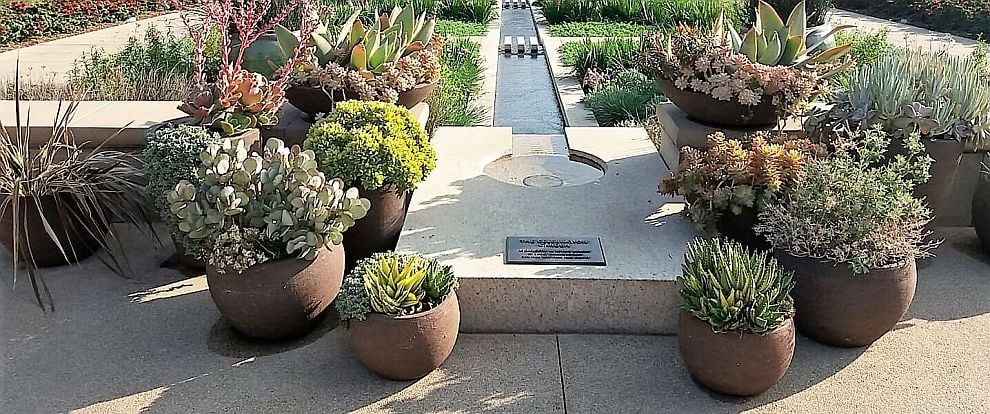
Phormiums generally prefer sunny conditions, but the light shade is beneficial for bright-coloured foliage.
Watering
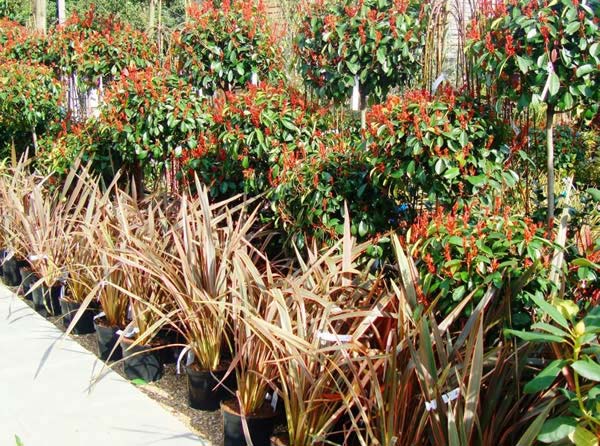
Newly planted Phormiums need to be watered well as a part of their ongoing care. Well-grown Phormiums are known to withstand even drought conditions. But Phormiums grown in pots are more vulnerable to damage due to drought, so be sure to water them well. The soil needs to be moist and not soggy for these plants to grow well.
Propagation by Division
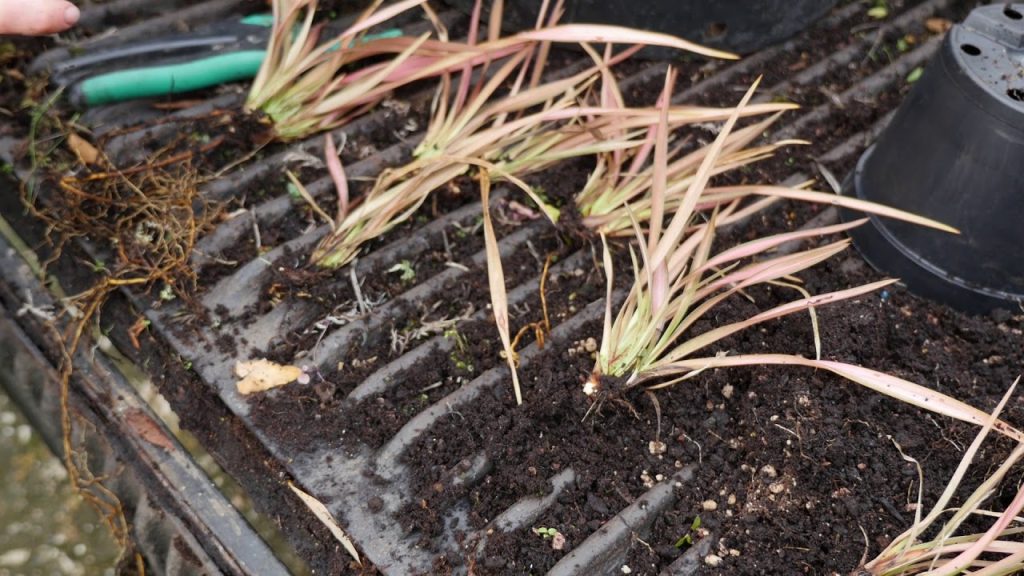
Since Phormiums grow rapidly in large clumps, it is essential to divide them so that they have a better chance of growing to their full potential without overcrowding.
To divide them, its best to do in spring by removing the plant from the soil entirely and separating the clumps into sections. Prune the leaves accordingly and report the sections into different containers. Keep the newly planted Phormiums well-watered till they establish themselves.
Propagation from a Seed
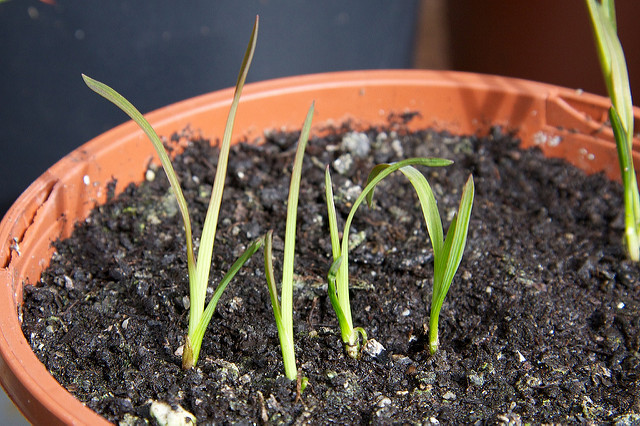
Phormium plants are likely to grow well from seed, though it is best to understand that the resulting plant will be largely different from its parent plant in terms of colour and shape.
The best time to sow the seeds is in Autumn, between September to October. Use a pot that is at least 9cm deep and is filled with good quality soil with adequate compost and horticultural sand mix to aid in drainage.
Sow the seeds shallow with a thin layer of soil or grit on it, and place them in a heated propagator. Keep the soil moist and avoid waterlogging. Germination of the seed can take any time between 30 to 180 days.
General Care for Phormiums
Pruning
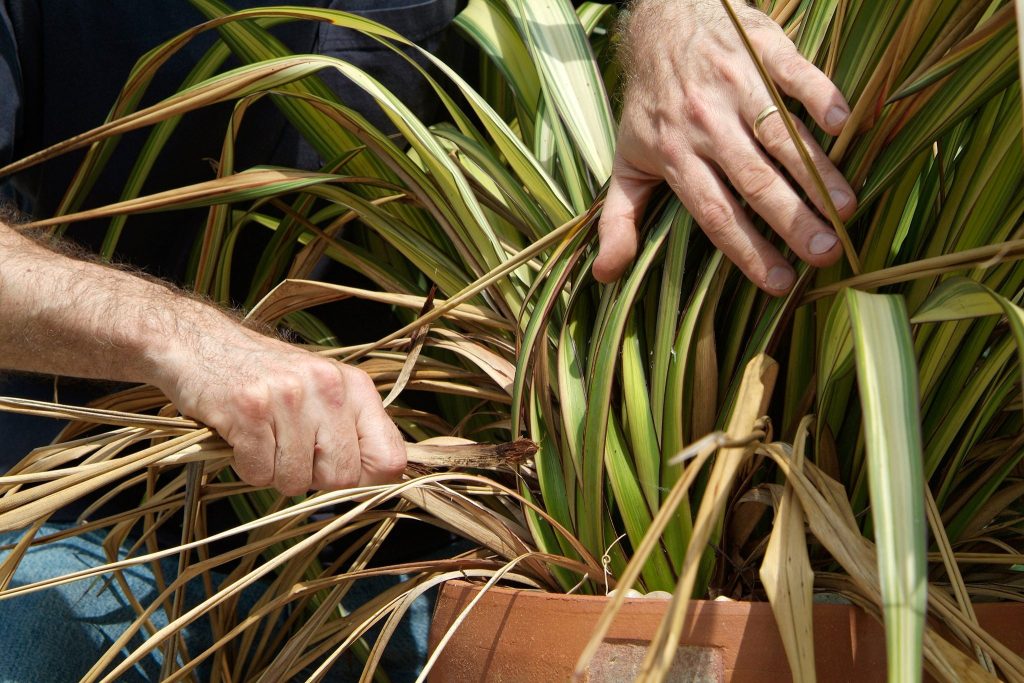
Phormiums are evergreen plants and don’t need constant pruning, but a good tidying up does them well. Prune the leaves in early Spring. Cut off any dry leaves and branches at the base. If your plant has been affected by cold weather, its best to cut it down to the base, and most likely, the Phormium will regrow depending on whether the roots have survived. Consider removing the clumps and dividing them if they become too big for the pot.
Feeding
Container-grown Phormiums benefit from regular feeding with a liquid feed. Feeding and mulching with garden manure compost and soil conditioner can help in new growth.
Likely Problems While Growing Phormiums in Pots in The Uk
Cold Damage
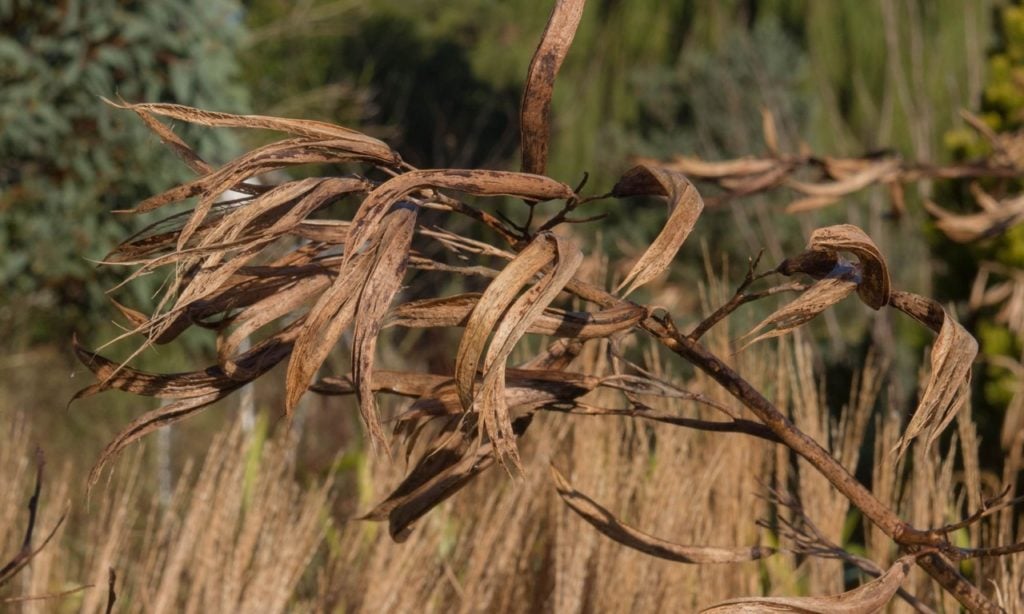
Frost can damage the Phormium plants, especially in the colder Nothern areas of the UK winter. When the warmer weather sets in, at the onset of Spring, look for frost-damaged leaves and remove them. Only prune the plants if they have been damaged extensively. Consider adding a general fertilizer to aid in growth.
If you have mulched and wrapped before the onset of winter, the chances of the roots being healthy are high. Recovery may seem slow, but these plants tend to recover extensively with some sun and moist soil.
Mealybugs
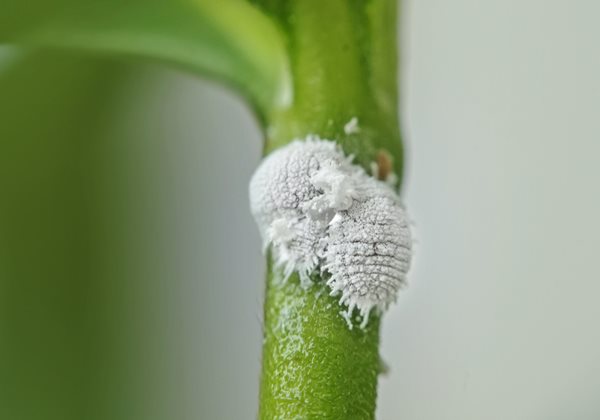
Phormiums seem susceptible to mealybug attacks, especially in older plants. Mealybugs can be seen at the base of the shoots and can cause black deposits on the leaves and give them a mouldy look.
These pests can be quashed by hand, or recurrent use of an insecticide can help in most cases. Sometimes, it is easier to dispose of an infected plant. If grown indoors, Phormiums are susceptible to mites and whiteflies.
Adding Phormiums in Pots to Your Home Garden
Phormiums are not the most difficult of plants to grow in pots. They are hardy and with few requirements like good drainage, well-fed soil, pruned leaves, and some sun.
They are incredibly easy to maintain and are very hardy with the most colourful foliage, which can give your entire garden an ornamental look at best. Easily grown even in coastal conditions, these plants can easily survive ocean sprays and frost, provided there is enough mulching done before the onset of the cold. The beautiful flowers which bloom over the mature clumps at the onset of Spring are worth looking out for.
So which variety of Phormiums are you adding to your garden today?
Frequently Asked Questions
Can Phormiums Grow in Pots?
Since Phormiums prefer well-drained soil conditions, they might be best suited to be grown in pots owing to the drainage possibilities in a pot.
What Are the Best-Suited Conditions to Grow Phormium in Pots Uk?
Phormiums are well suited to sunny conditions away from the biting frosty conditions. But being hardy plants, they do well if the pots are simply moved indoors during the cold months.
How to Manage a Phormium Plant?
When grown in pots, it is essential that Phormium plants be pruned regularly so that they have enough space to grow. Also, it is best not to overcrowd the plants and space them out effectively to let them grow to their maximum potential.
What Is the Use of Phormium Plants?
Phormium plants were originally native to New Zealand and were used extensively for fibre in textile making. They also make excellent ornamental plants owing to their bright and colourful foliage, which can make any garden space look exotic.
Why Is My Phormium Not Thriving?
Some common causes of Phormiums not thriving are- waterlogging in the soil, frost conditions and no mulching done beforehand, nutrition deficiencies which can be helped by a seaweed feed, and sometimes simple causes such as your plant needing a repotting and space to grow further.

